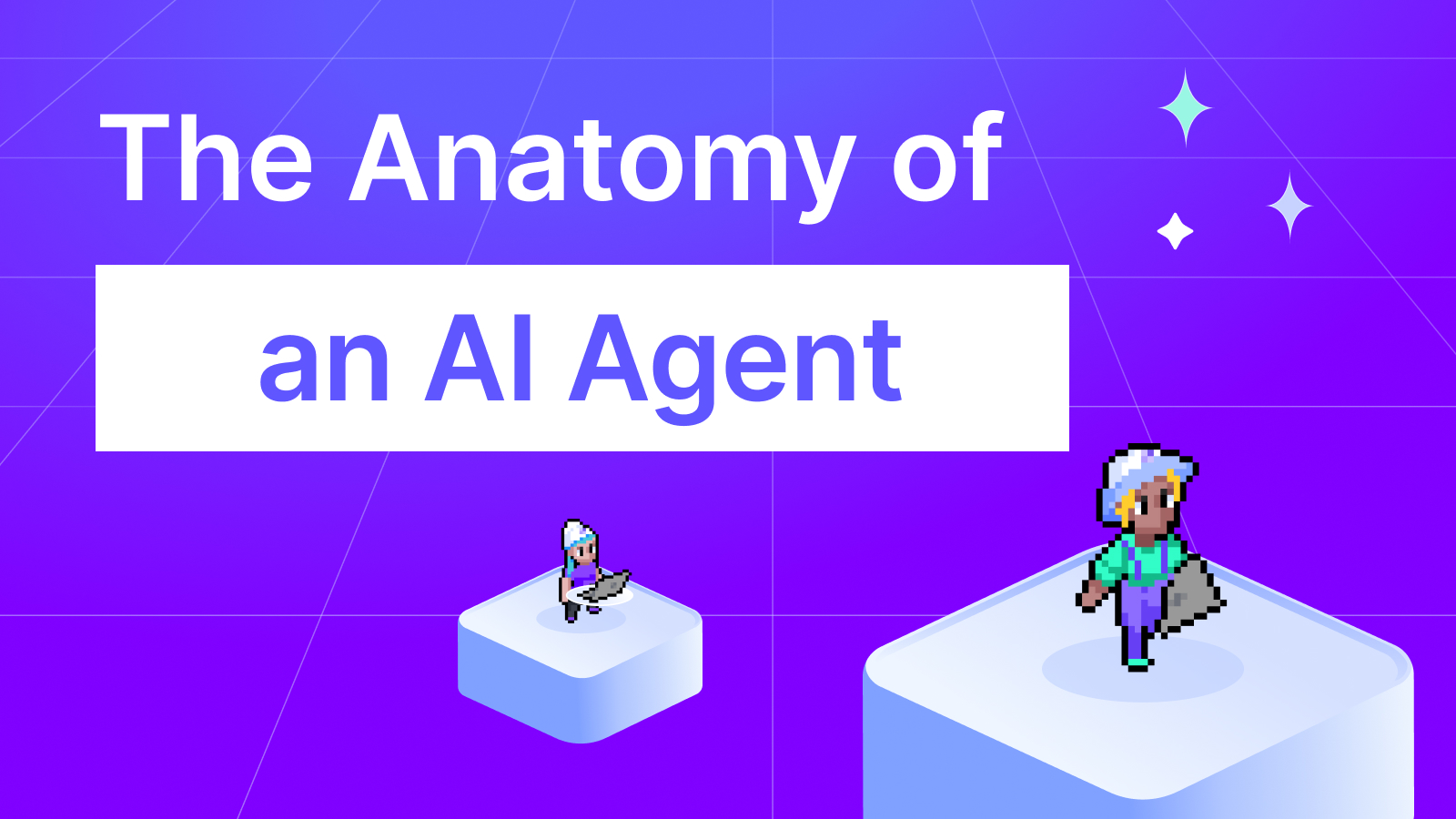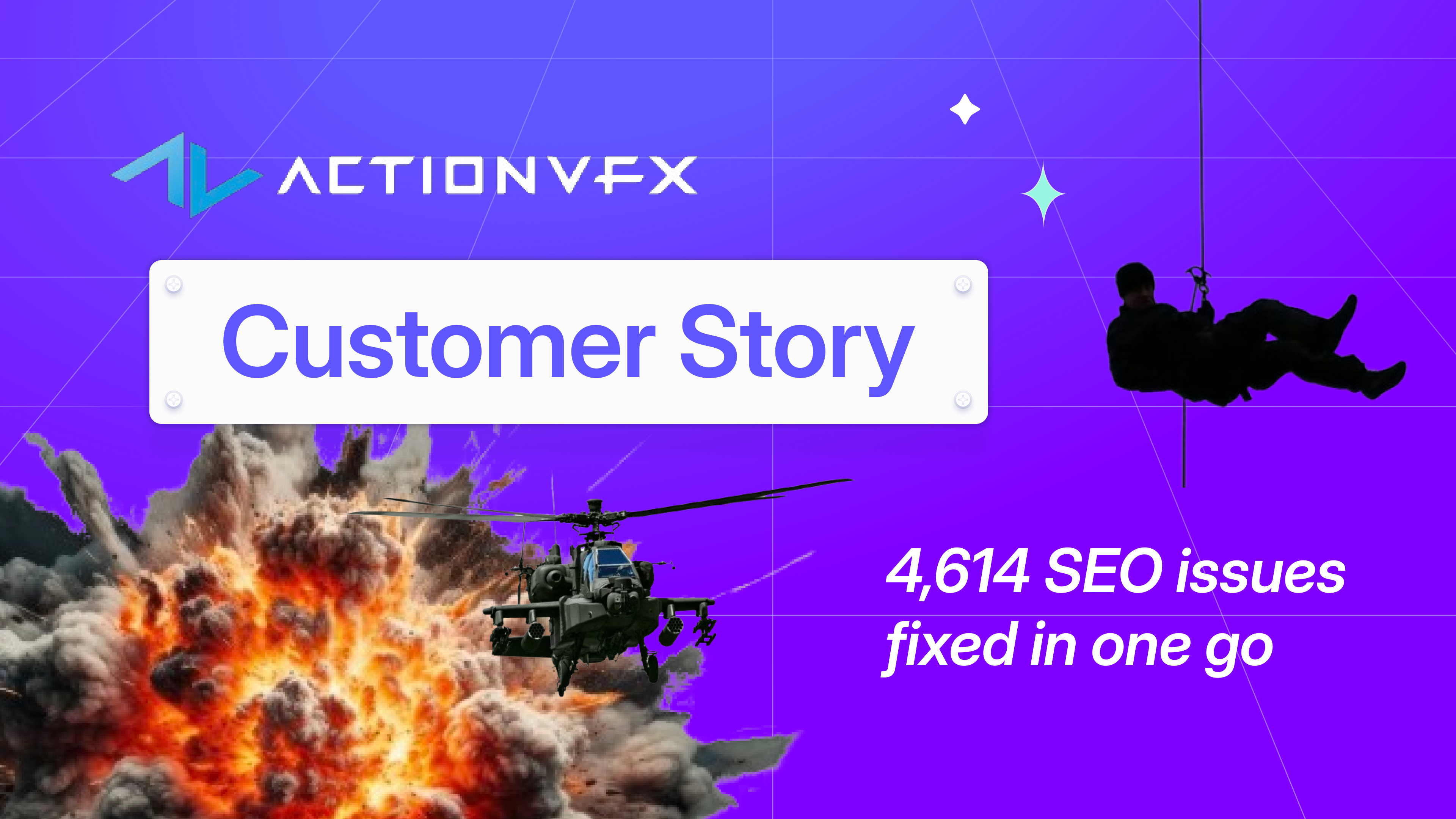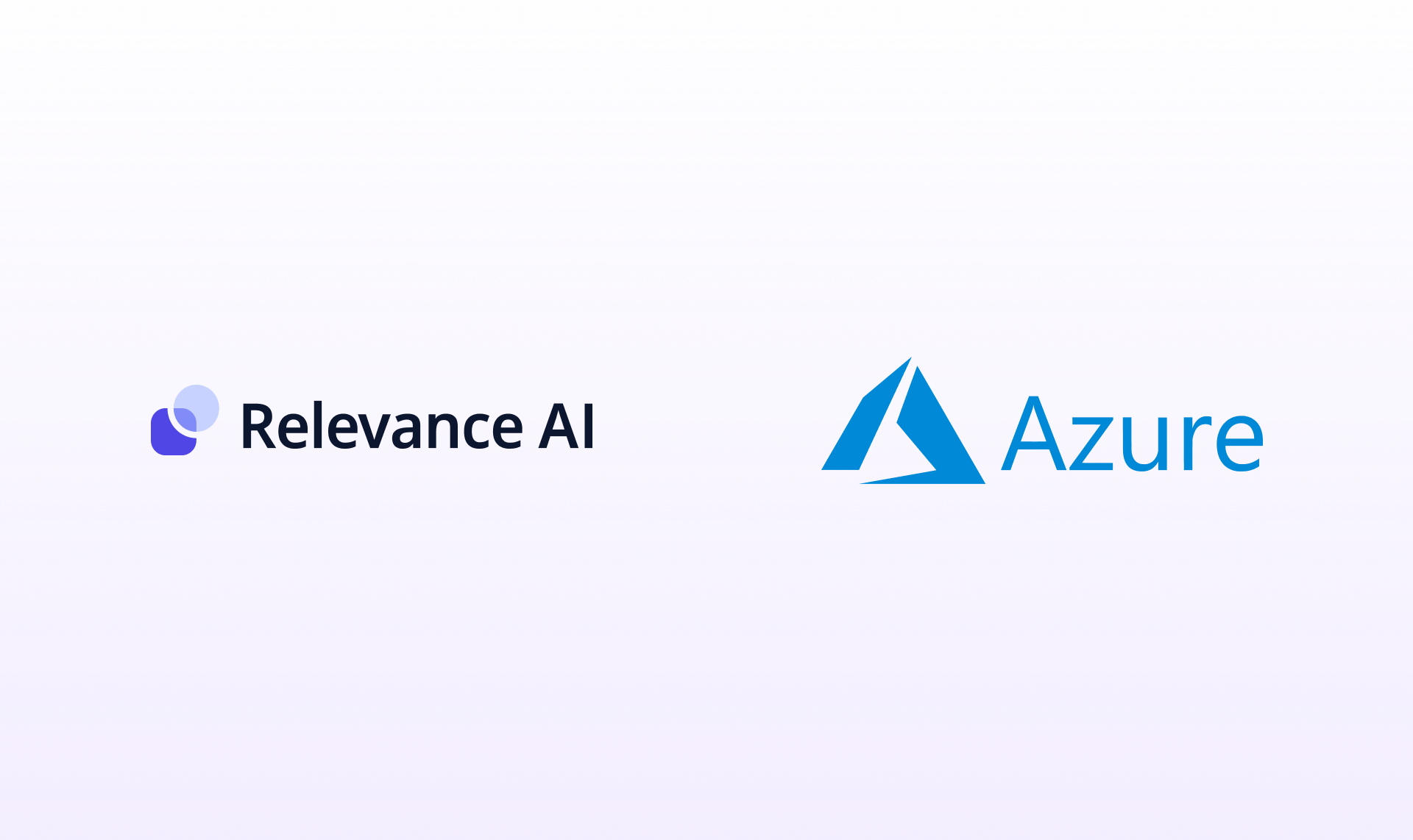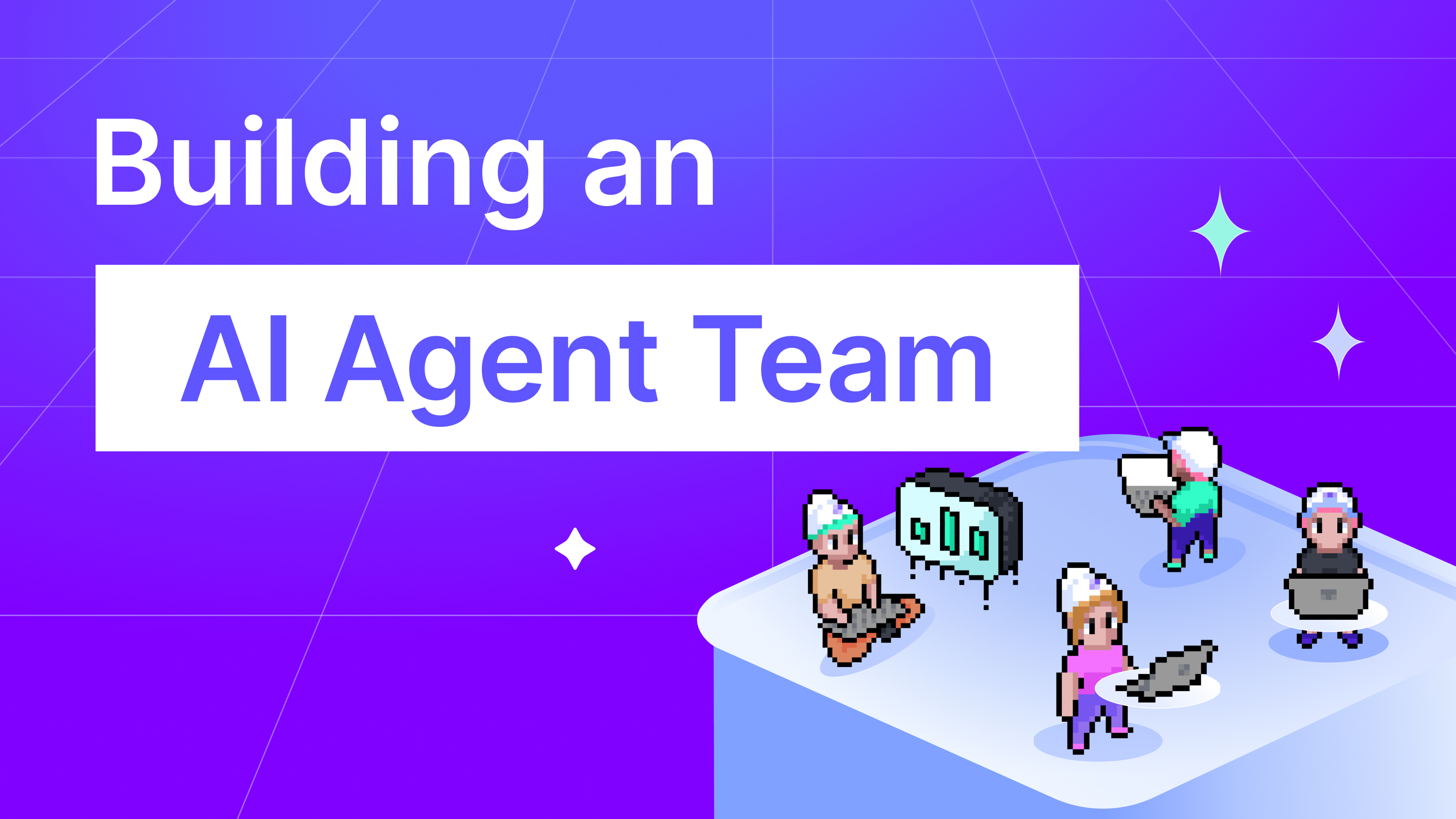
Whilst building the AI Workforce, we encounter a lot of challenges that have not been solved before in software. Unlike traditional software development, our journey at Relevance has been about tapping into our collective experience of team dynamics rather than just sticking to conventional product-building methodologies.
Our AI agents are team members, not just tools. Their ability to be reliably integrated to a team is just as critical as their features and functionality. It's a thrilling yet nerve-wracking endeavor, as it requires us to tackle problems everyday from first principles.
One of the fascinating realms we've delved into is the anatomy of an agent – what makes them tick, beyond just lines of code? Think less about physical attributes and more about the core functionalities that define their identity. What qualities and attributes must an agent possess to seamlessly interact with its environment and make meaningful contributions to an organizations goals?
At Relevance, we're building the world's first commercial-grade AI Workforce. Picture agents seamlessly integrating into your company's operations, autonomously completing tasks while you focus on strategic endeavors. But to achieve this vision, our agents require a set of abilities that define who they are. Let's dive into what they are:
- Short-term Memory: Ever wondered how crucial it is to remember what you've just done? It’s system 1 thinking for us, so probably not. Termed as "context length" in the realm of LLMs, this capability allows them to reason based on recent events, ensuring coherence in task execution.
- Knowledge: The ability to transform transient experiences into enduring wisdom is key. With Relevance agents, they can be provided context based on past knowledge by retrieving the most relevant information that it needs and then surfacing it into its short-term memory. Our agents assimilate past knowledge to enhance their problem-solving, akin to the way humans accumulate expertise over time.
- Tools and Skills: Every day, we all use tools around us to be able to achieve certain tasks. Whether it’s using Notion to write this article or whether it’s Hubspot to fill out details of a prospect. Without being able to interact with the surrounding environment, it’s impossible to be a productive employee within an organization. That’s why Relevance agents can trigger Tools, built in Relevance with our low-code builder, to give the agent that skill. Just like humans rely on tools to get the job done, our agents leverage a suite of integrated tools within Relevance's ecosystem.
- Task Orientation: It's not about having endless chats; it's about getting tasks done efficiently. Relevance advocates for a paradigm shift from chat-centric to task-oriented agent interactions. Agents in Relevance are designed to be like employees, which means it’s not only about having conversations with them but about delegating and completing tasks. That’s why the interface we’ve built for teams to use agents is task-oriented with a best in class experience for delegating, managing and monitoring the work of AI Agents.
- Predictable Behavior: Consistency is key. Certain roles and functions have Standard Operating Procedures (SOPs) that companies want to be followed. Our platform incorporates a proprietary flow builder, allowing users to articulate SOPs in natural language. This ensures that agents adhere to prescribed protocols and predictable behavior.
- Accessibility: Like us, our agents should not be confined to a single product. To create a true AI Workforce, our agents need to be accessible to the outside world - so they can be triggered by actions in Slack, have their own email inbox or even a WhatsApp number. This makes them reachable like a regular team and able to interact across different channels. We are constantly working on more integrations to make Relevance agents available anywhere.
- Collaboration: As with a regular workplace, it’s important for individuals to collaborate to achieve increasingly complex tasks. That’s why our agents have the ability to choose to delegate work to others when they can’t solve it. This achieves two things: individual agents can be given a smaller-scope of tasks to improve their performance on it and we can create an AI Workforce of multiple agents to solve complex problems in a Multi-Agent System.
- Planning: As people, we’ve got a great ability of being able to come back to tasks. This is important at being able to get tasks done. Things like following up on an email or checking if a download has completed all require us to be able to know that we need to complete a task in the future. This is essential in being able to do work and as such we knew our agents had to have this. A Relevance agent is able to tell itself to resume a task at a certain time so it can wake up and continue what’s required.
- Categorization: Visibility is integral to high-functioning team. That’s why we have tools like Linear to help us manage projects. In the same way with agents, we want to understand the tasks they’ve done at a high level. That’s why Relevance agents have the ability to categorize each task based on what’s happening. This means that managers are able to understand the output of the work without having to look at each task individually and its builds trust with the team that the agents are doing the right thing.
When we combine all of the above, we have a true AI Workforce with agents that are capable of autonomously completing tasks for your business.
For a detailed summary on how we’ve incorporated all of these abilities into our agents, you can watch a summary from our product lead below. You can also try them out for free by signing up via our website.
PS. We’re currently onboarding customers onto our flagship template for the BDR agent which completely automates personalized outreach, follow-ups, answering questions and scheduling meetings for your sales team. Get in touch and book a demo.










